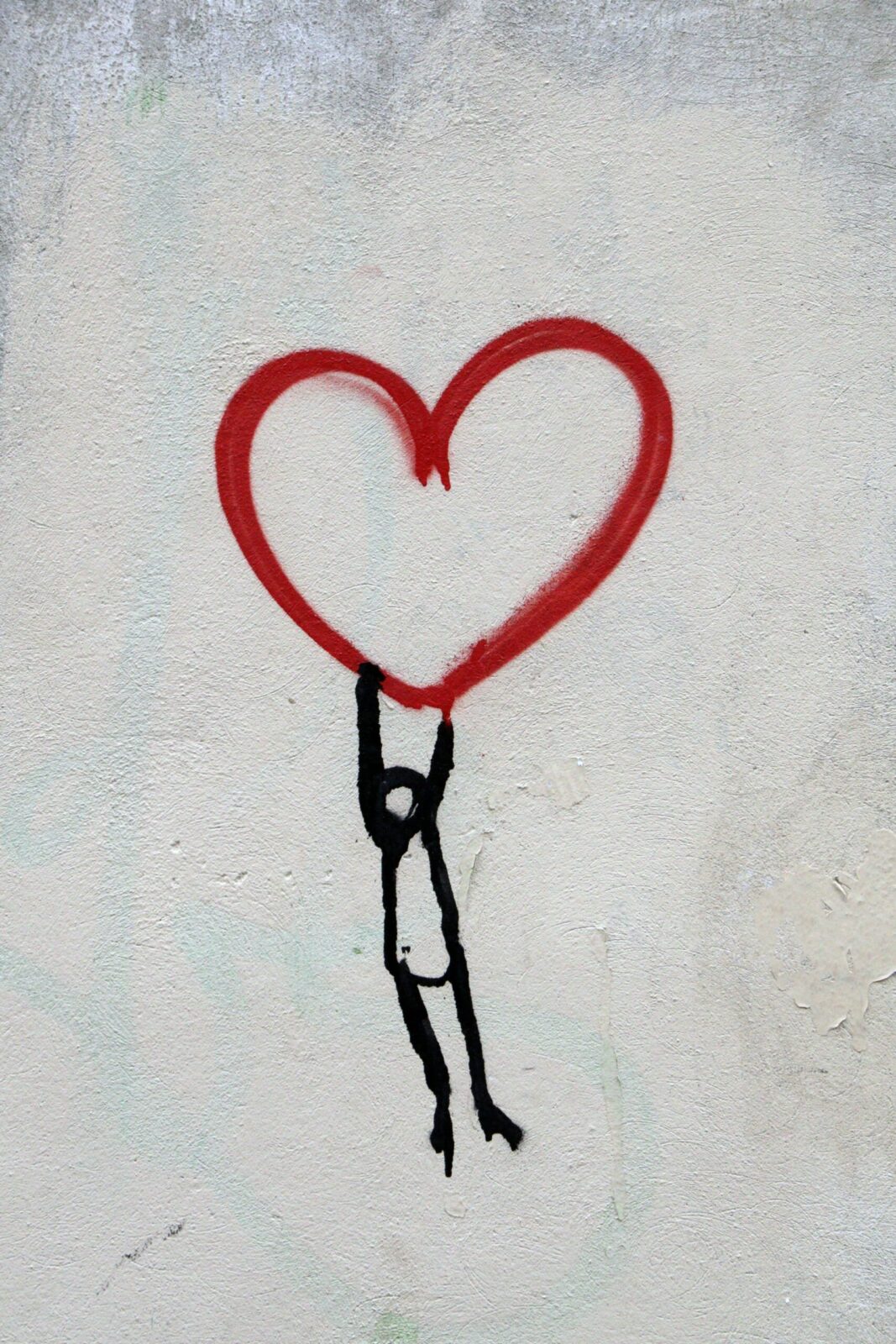Valentine’s Day in the Pandemic: Managing the Specter of Loneliness
As Valentine’s Day nears, many of my single friends and clients share their anxiety and loneliness with me. For many single people, self-esteem hits the rails around this time of year. “Why don’t I have someone in my life?” becomes the question du jour. Around Valentine’s Day, our thoughts tend to erroneously focus only on the intimate dimension of our lives (see the final strategy below).
Here are three strategies to help you manage loneliness during the pandemic with Valentine’s Day around the corner:
Recognize love in the forms in which it emerges in your life. We all want love—that is not a problem; in fact, it’s how we’re biologically constructed and part of what makes us who we are. Human beings are at the top of the food chain not because of our physical prowess—many predators can kills us with ease, within moments—but because of our spectacular capacity to develop social connections with each other and form groups to solve seemingly intractable problems ranging from (millennia ago) running a mammoth off a cliff to (now) building a bridge, creating a spirulina production plant or developing an emergency response to a natural disaster such as, yes, a spreading virus.
The problem is not that we want love, which is the invisible, gelatinous substance that enables relationships to thrive and sustain themselves over time, but that we want love in a specific form at a specific time in our lives—all neatly packaged and dropped off at our doors like an Amazon delivery.
That’s not how love works. Love comes in many forms and circumscribes us each and every day of our lives, yet we are rarely present enough with the people around us to see it. When you become able to recognize the love all around you—from family members, friends, coworkers and others—then you build the strength to be ready for love from an intimate partner when it arrives.
Critical to this strategy is to also recognize that you have absolutely no control over when this will happen. The greatest power you wield in this area of your life is to be ready for this moment when it occurs. So what can you do? To prepare yourself to find the right person …
Become the right person. Engage in social activities regularly that you enjoy that (sometimes) involve the opposite (or same depending on your orientation) sex. Become more comfortable with who you are. The word “confidence” comes from the Latin roots for “with” (con) and “trust” (fidere). For another person to have “trust with” you (confidence in you), you must first have trust with yourself (self-confidence).
When it comes to loneliness, self-confidence is not optional. As a recent study at the University of Arizona found, it is the make-or-break that determines whether your loneliness becomes a positive source of motivation to reengineer how you approach your relationships—in line with the “reaffiliation motive” discovered by British educational psychologist Pamela Qualter—or a negative source of rumination that plunges you further into depression.
“This makes sense and I realize the importance of believing in myself to work through loneliness,” you may be thinking. “Yet it still hurts that I’m alone during this pandemic and some of my friends are going through this very traumatic period of our lives with the love of their life. These feelings compound on Valentine’s Day.”
Before you take these thoughts any further, consider this final strategy …
Reengineer your perception of Valentine’s Day. Remember that Valentine’s Day is a celebration of love in all of its forms—toward family, friends and yourself in addition to romantic love. Many of us only construe love around Valentine’s Day in the form of a significant other or spouse paying attention to us, giving to us and treating us with kindness.
You can make the decision to consider love in all its forms: the kindness and attention and empathy that we give to others and that others give to us, in myriad ways throughout every day of our lives on this planet. This love is given to and received from your friends, family members, coworkers and even people whom you meet in your community as you go about your daily life.
In the United States in particular, we have such a tremendous emphasis on couples and the nuclear family in our culture. This focus is not the same all over the world. I remember when I was a teenager and spent some time in Europe, I was taken by how Europeans would gather in large groups of friends and often boy and girl would spend years together in a social group before they would even consider pairing off and taking it further.
In the U.S., on the other hand, as soon as you meet someone there’s a focus on just the two of you going out on “dates,” him picking her up in his car, going to the prom—it becomes very isolating, actually. Instead of one person becoming isolated from society, two people revel in and then eventually commiserate in this isolation.
It is for this reason that, in Mexico, the holiday celebrated on February 14th is called “El Día del Amor y la Amistad” (The Day of Love and Friendship) rather than “Valentine’s Day”—with its emphasis on the individual finding their “Valentine” (solely another individual) with whom to share it.
Detecting love in all its forms is also strengthening: it enables you to replace a yearning for what you don’t have with a deep reserve of gratitude for what you do have. This appreciation and inner strength will set the stage for your future life partner to enter your life.
How does this happen? The more you recognize the love that already exists within and around you, the less lonely you will feel and the more you will attract it in the new form in which you desire it.
I’m curious, what do you think about Valentine’s Day and the way it’s practiced in the U.S.? Is it reflective of our insular nature? Can it be better practiced to include other forms of friendship and other forms of love? What do you think? Please let us know.




